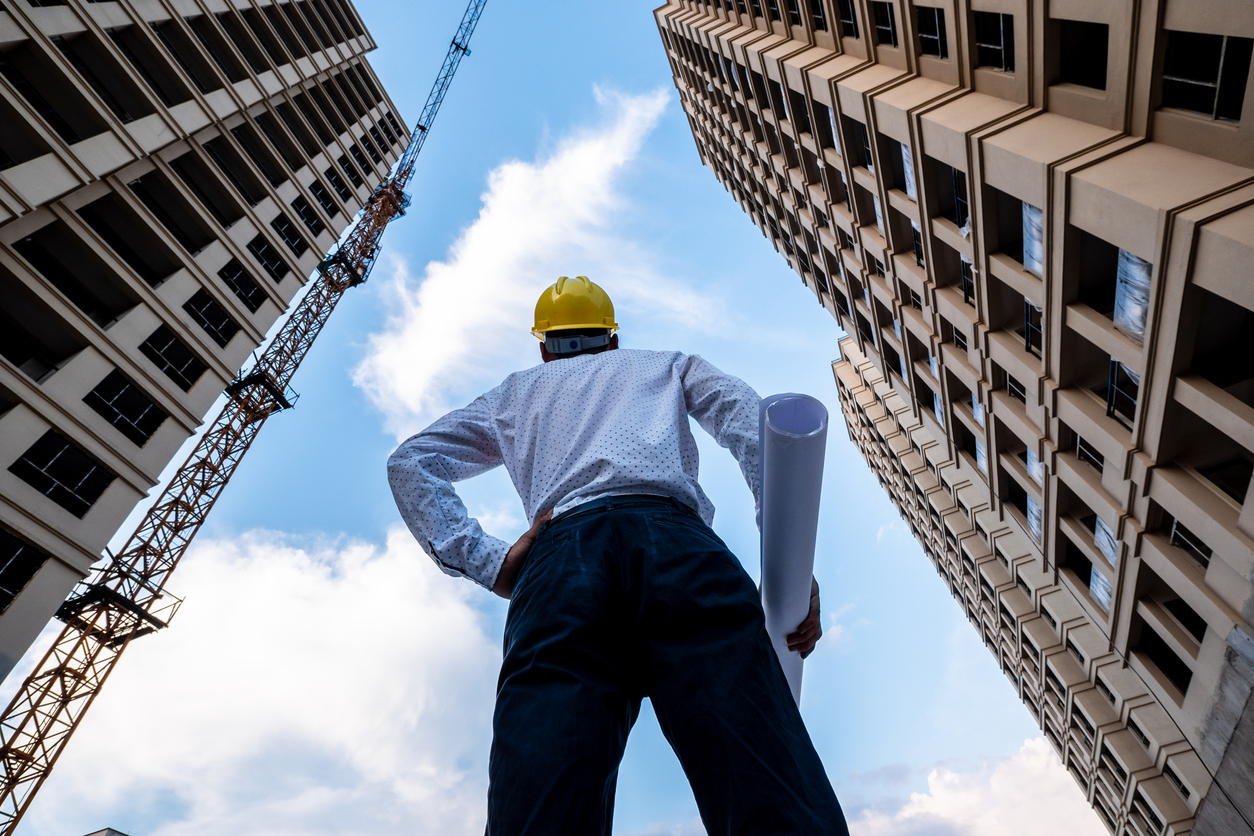Infill development sites are commonly described as land in urban areas which is underutilised or simply vacant. Often these sites fall in less coveted locations. However, they remain valuable to the local community and property developers with foresight. To fight urban decay, developers can refresh these urban spaces and repurpose the land in such a way as to grow the local economy and potentially improve the morale of those living there. All potential development sites have their advantages and disadvantages, let’s discuss infill development pros and cons.
Why Pursue Infill Property Developments?
One of the primary reasons for infill development is to reduce urban sprawl. Urban sprawl occurs when cities and towns expand to low-density residential housing. As a result, there is an increase in the use of private cars, energy and water consumption, pollution, and encroachment on local ecology. For this reason, infill property developments are encouraged.
The Pros of Infill Development
There are many reasons you shouldn’t pass up such an opportunity because there are brilliant ways to use these sites and profit from developing on them.
Use Existing Infrastructure
Unlike greenfield developments, infill developments already have infrastructure. Existing access to electricity, water, sewerage systems, roads, and internet decrease the cost of building infrastructure from scratch.
Proximity to Amenities
Local amenities such as shops, schools, and hospitals are closer and easier to access for those already living in urban areas. Infill developments reduce the frustration of extended travel times to reach these essential facilities. The right development will find willing buyers and renters with relative ease.
Boost the Local Economy
Urban areas need not be left to degrade. Urban areas with potential infill sites can gain an economic boost from the building and occupation of infill developments, thus empowering residents financially and revitalising the local communities.
Incentives in Some States
Some states in Australia are actively trying to promote infill development. Western Australia is offering tax breaks while Queensland is offering a reduction in infrastructure costs to increase the profit made from such developments. In Queensland these incentives vary from one council to the next, but they can make all the difference. Because these incentives also vary between states, it’s best to do your research and discuss the matter with your local council for more information.
The Cons of Infill Development
Unfortunately, there are a few cons to infill property development, but there are always around them to make these sites fantastic and increase your revenue.
Noise and Disruption
While communities benefit in the long run from infill developments, until they are built and completed, the local community is affected by the disruption. Construction is messy, noisy, and affects the flow of traffic, which may be inconvenient to existing residents.
Zoning Changes May Be Required
Depending on the type of property being developed, the zoning of the land may be restrictive. Some developments may require higher density, mixed-use, or commercial zoning. Changing a zone for an infill development may be lengthy, and it needs support from the local community.
Some Infrastructure May Need to Be Upgraded
Some urban areas may have older infrastructure which needs to be upgraded to comply with local bylaws. This could eat into profits if you don’t plan for it.
Infill developments are an excellent opportunity to not only make a profit from utilising available land in a thoughtful manner, but also to uplift and revitalise the local community. If you’ve never considered infill development as an option, now is the time.


